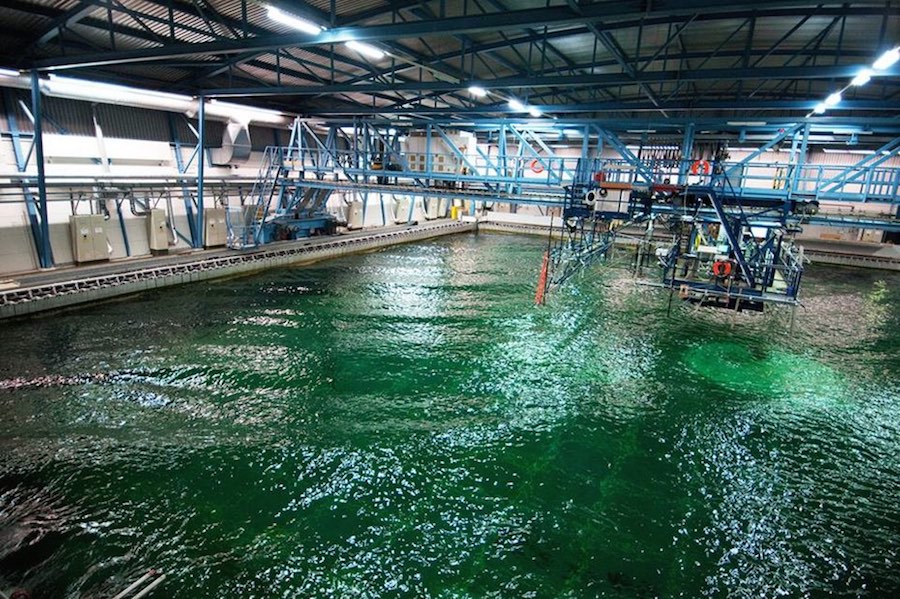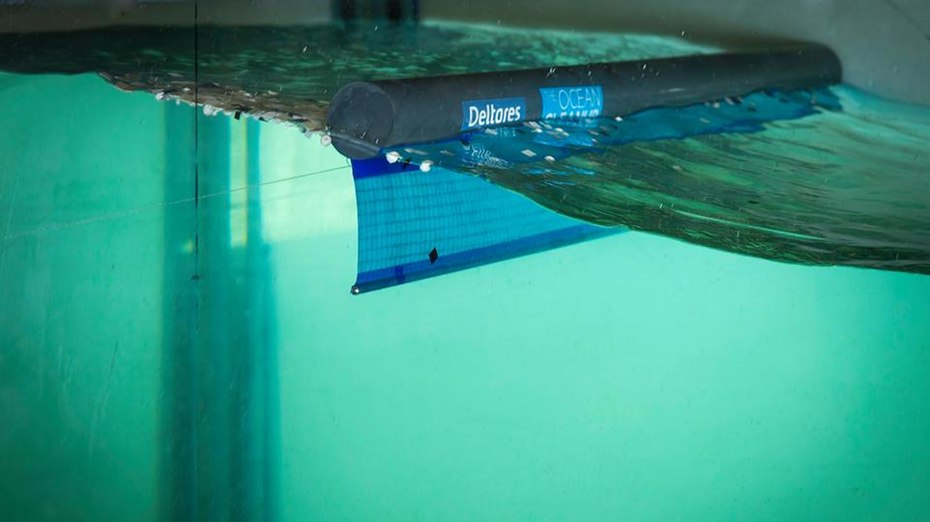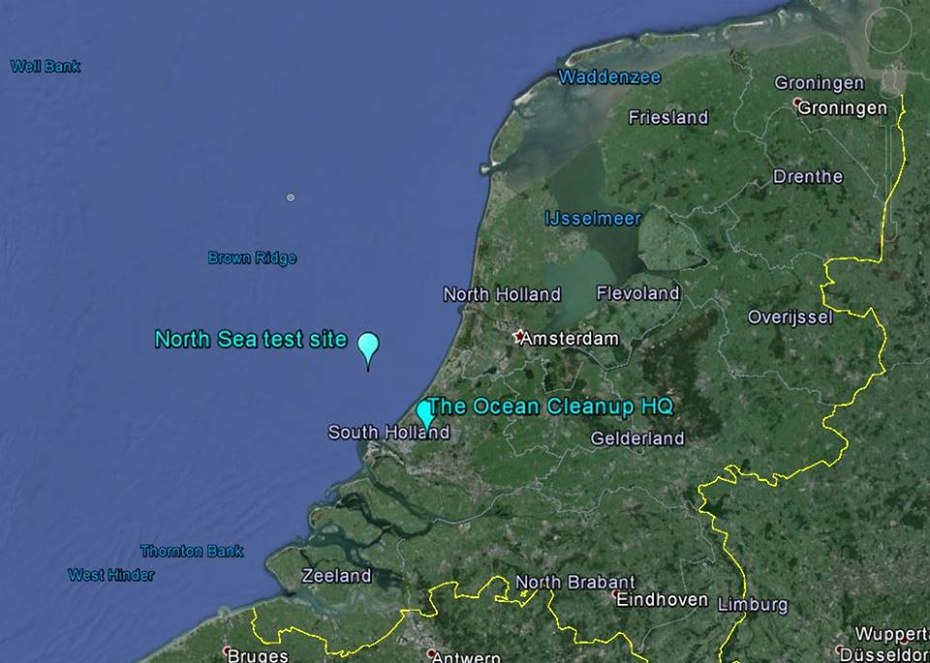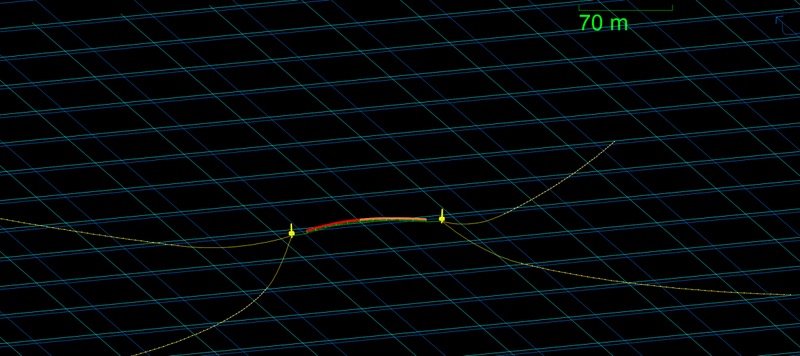Scooping up all the plastic waste in the world’s oceans would be a massive undertaking given that scientists estimate there’s around 5 trillion pieces of it currently bobbing about in the water. But the Ocean Cleanup project believes it is up to the challenge and has today announced plans for the first real-world test of its rubbish collection barriers off the coast of The Netherlands.

The Ocean Cleanup project is the brainchild of Dutch entrepreneur Boyan Slat, who dreamt up the concept while studying aerospace engineering at Delft University. Rather than chasing after the rubbish, Slat’s plan is to have the the oceans’ natural gyres, or rotating currents, do the work for him.

By using this natural system of circular ocean currents to push plastic waste into long floating arms and onwards into a central collection point, Slat’s system would be highly energy efficient. He claims that it would cut the time required to clean up the oceans from millennia to mere years, and a positive feasibility study and US$2.1 million crowdfunding phase have since given him impetus to put his plan into action.


The first open water testing of the floating barriers is set to take place in the second quarter of 2016 in the North Sea, 23 km (14.3 mi) off the coast of the Netherlands. The 100-meter (330-ft) long installation follows computer modelling and scale model testing in controlled environments, and now the team says it is time to put it to work in real oceanic conditions.
From our partners:
The team will have a particular focus on the effects of waves and currents, using cameras and sensors to monitor the loads on the system and motion of the barrier. It’s hopes that the North Sea test will help the team’s engineers better plan for a larger pilot project in the Korea Strait, which was originally slated for the second quarter of 2016 but has now been pushed back to the second half of the year to make use of the North Sea test results.
This next pilot will see a barrier stretch 2,000 m (6,600 ft) off the coast of Tsushima Island between Japan and South Korea, where plastic pollution is of particular concern. This and further tests in the following years will aid the Ocean Cleanup’s progress toward its ultimate objective, deployment of a large-scale system in the Great Pacific Garbage Patch in 2020.
This feature originally appeared in GizMag.
















